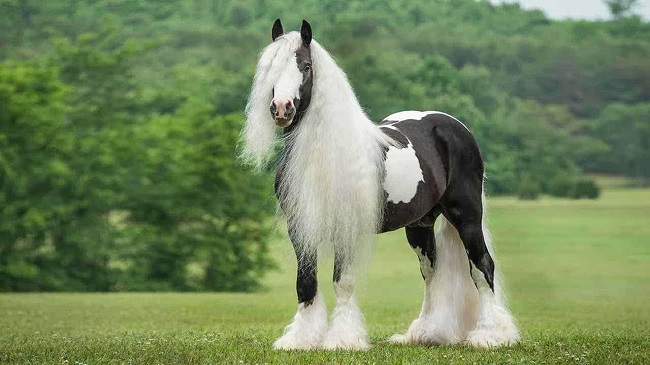Horses have been revered companions of humans for thousands of years, serving us in transportation, work, and even warfare. Today, they continue to fascinate us as racers, show horses, and gentle companions.
But, have you ever wondered what makes a Horse Expensive? Is it the breed, their pedigree, or something more?
This article offers an enlightening journey into the world of the most expensive horse breeds and the reasons behind their high costs.

What Makes a Horse Expensive?
Numerous factors influence a horse’s price tag. Breed, pedigree, age, training, and potential for success in competition are some of the leading determinants.
However, one factor stands tall: the breed. Certain horse breeds have a long-standing reputation for their rarity, performance, and exquisite beauty, commanding staggering prices in the market.
Read Also:
1. Arabian Horse
Arabian horses, with their distinctive dished face and high tail carriage, are among the most expensive breeds. Hailing from the Arabian Peninsula, these horses are known for their endurance, speed, and close connection to humans.
Prized for both their beauty and performance, a well-bred Arabian horse can easily cost up to six figures.
2. Thoroughbred Horse
Renowned for their agility, speed, and spirit, Thoroughbreds are the stars of the racing world. These horses, which originate from England, can command astronomical prices, especially if they have a proven track record on the racecourse. The price for a top-quality Thoroughbred can run into millions of dollars.
3. Andalusian Horse
The Andalusian, hailing from the Iberian Peninsula, is known for its strong build, intelligence, and elegant movement. Also called “the Horse of Kings,” they are popular in dressage due to their agility and trainable nature. An Andalusian horse can cost anywhere from $3,000 to over $60,000, depending on its pedigree and training.
4. Friesian Horse
The Friesian horse, originating from the Netherlands, is another breed on the expensive list. Known for their shiny black coat, strong build, and magnificent mane, these horses are often used in movies for their striking appearance.
A purebred Friesian horse can cost between $7,000 and $100,000, again depending on factors like pedigree, age, and training.
5. Selle Français
This versatile French breed is a sought-after sport horse, excelling in jumping, eventing, and dressage. With a reputation for their athleticism and good temperament, a Selle Français horse can cost from $10,000 up to the high five- or low six-figure range.
Read Also:
Conclusion
Unraveling the world of expensive horse breeds reveals a fascinating blend of history, performance, aesthetics, and human connection.
The high price tags of these horses are not merely a product of their beauty but a testament to their lineage, abilities, and their potential to excel in various equine sports or disciplines.
As we continue to admire these majestic creatures, it’s essential to remember that every horse, regardless of its price tag, deserves respect, good care, and love.
So, when we talk about an expensive horse, it’s not just about the cost—it’s about the rarity, performance, and rich history that these animals embody.
From the graceful Arabian to the athletic Thoroughbred, these horse breeds command a high price due to their unique characteristics and capabilities. As horse enthusiasts, these breeds give us much to admire and a rich legacy to treasure.
























